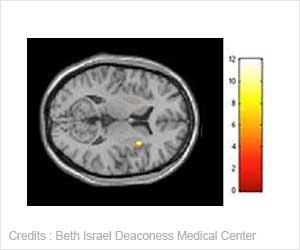Predictions whether 70% of female study participants with threatened preterm labor (TPIL) would or would not give birth prematurely has been done with a blood based diagnostic test.

Thus, many women are ineligible for fFN testing. In an effort to develop a method that can be used in all cases, scientists used microarrays to study differential whole blood gene expression associated with spontaneous premature birth within 48 hours in women admitted with TPTL – an important window for the clinical management of TPTL. Blood samples were collected prior to treatment from ~150 TPTL women.
The fFN test was also performed on eligible participants (~60 women), and the results were compared. The researchers discovered that a set of nine genes, coupled with clinical blood data, could classify whether 70% of participants would or would not have a spontaneous preterm birth within 48 hours of hospital admission. In addition, the nine genes coupled with clinical blood data outperformed the fFN test. This newer test highlights the advantages of utilizing a blood-based diagnostic test to predict spontaneous preterm birth, where it can be performed on all women and as part of routine blood work.
Source-Eurekalert
 MEDINDIA
MEDINDIA



 Email
Email










